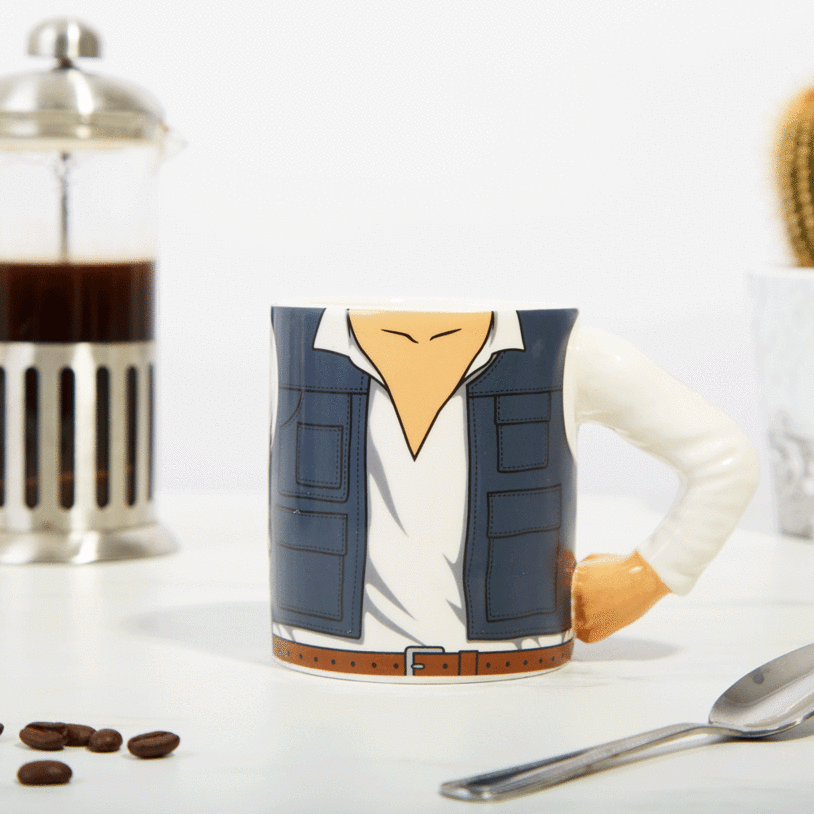
Online retailing has several challenges that businesses need to overcome that traditional retail stores don’t face. It removes the tangible experience associated with shopping. Customers can’t feel the product, ask for instant face-to-face help, or see it in as much detail when shopping online.
But online shopping brings a much-desired convenience to customers’ lives as long as we can overcome these simple obstacles. This starts with your visuals. Not only brilliant branding and site design, but your photography needs to be on point too. Here are a few tips to make sure your photos tell your audience everything they want to know before buying.
Have clean, neutral backgrounds
Busy backgrounds can distract customers from the product and lead to confusion on what is being listed for sale. This could be the difference between a sale and someone clicking off your site, so focus on the goods.
And they don’t always have to be white. The beautiful www.footballtown.com website varies the backgrounds between white and deep grey to offer really classy styling.
Use high-quality photos with maximum detail
It’s 2019; there’s no excuse for low-quality images online and most customers won’t stand for it.
Having as much detail as possible allows your customers to get ‘a feel’ for the product, able to zoom in to see different threads or small features. The more detail they have, the more they can imagine the texture and weight of the product.
Here www.wolvesworld.co.uk/ gives shoppers a feel of the gentle texture on a handbag, and get people closer to the product

Diffused lighting
Bright lights often create glares and shadows which change the way your products look on the screen. If you soften lighting from a variety of angles, it will minimise shadows, keeping the focus on your products.
Fill the frame
This is rule 101 of product photography, but so many new retailers end up taking photos from too far away. Your product is what customers need to see, not the backdrop.
Be bold.
Multiple images from different angles
Things look different from different angles. Your customers should be able to see all of them to help them decide. In a store, they get a full 360-degree view. It should be the same online.
Some retailers even go as far as uploading videos showcasing the product from every angle. This will leave no doubt in your customer’s mind whether your product is for them.
The obvious example here is selling cars, where dealerships upload 20-30 images of the interior and exterior of a vehicle – the same should apply for the majority of ecommerce items.
Be creative with gifs and videos
Need a wonderfully creative and captivating idea with low filesize? Go for the gif.
There are plenty of apps that can turn a few static images into a compelling gif – demonstrated perfectly by Firebox here in selling their awesome Han Solo mug!

Show scale
Where scale matters, you can use periphery items to help people understand the scale. These can range from simple rulers to themed objects like leaves for Autumn products.
Avoid distracting props
Though you can use inventive props to show scale, they shouldn’t be distracting. If using an autumn leaf, most customers will know they’re not purchasing that. The main product should still be the focus and take up most of the frame, not the props.
Be real – colour tinting and white balance
Your camera’s white balance setting will help provide neutral colouring. There’s nothing worse than buying a product online in one colour only to have it be a different shade when it arrives. A professional photographer will make sure your images look their best.
Tailor all the above to your target audience
With digital photography, you can be creative without distracting your customers. However, if you are doing this, you must ensure it’s appropriate for your target audience and their tech level. Some may be comfortable using interactive 360 imaging to view products. Others may prefer simple, no-nonsense images.
Without brilliant photography, your eCommerce business will struggle to take off. Don’t leave your customers confused or put off. For the best results, hire a professional photographer. But if you can’t quite afford that yet, following these tips will help you nail your first product listings.
Your platform matters too
Images are hugely important in eCommerce; they’re essential for building a good customer experience. But so is your platform.
With unlimited products, categories, users, multi-store management, and efficient inventory management systems, Shopit helps you provide an excellent customer experience to keep them coming back. Start your free trial today.

Surahi believes in that good people, good processes and structure produce great companies.
With a keen interest in globalisation and personalisation, she writes about the opportunities for growth to everyone


